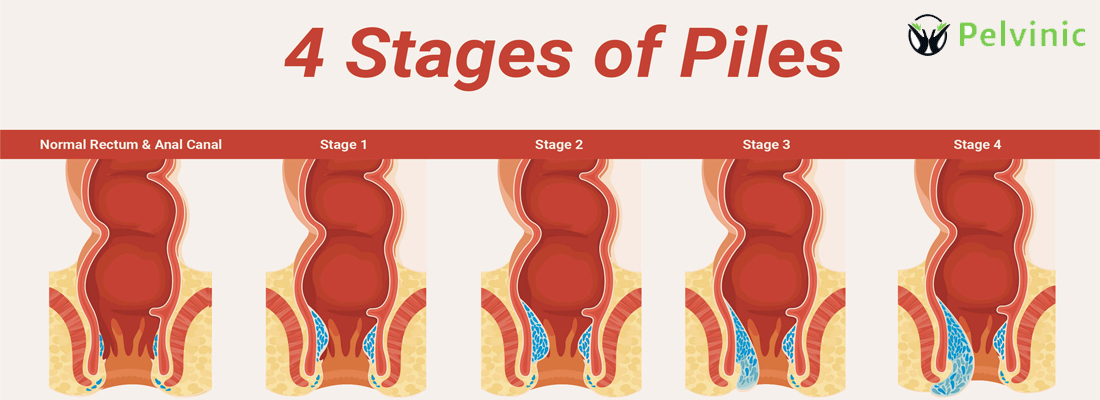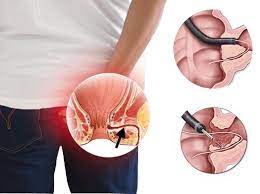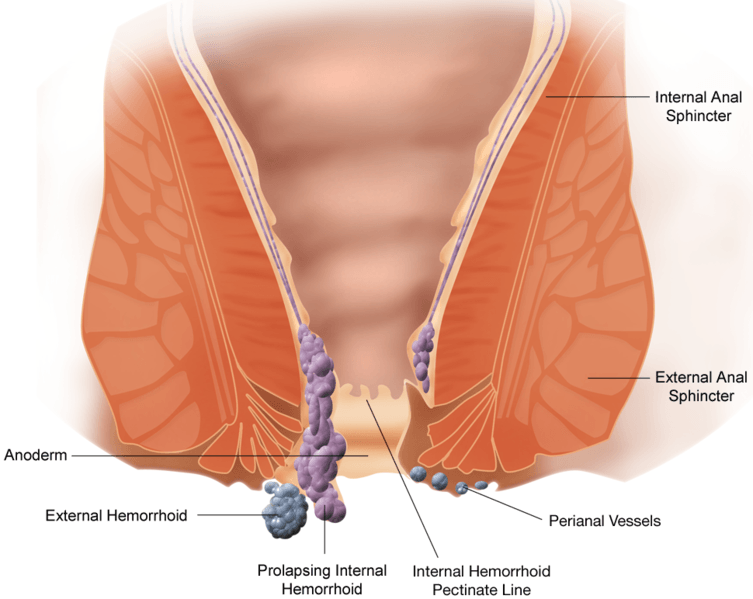Understanding the Four Stages of Piles (Babaseer) & Symptoms

Understanding the Four Stages of Piles (Babaseer) & Symptoms
Piles are a common yet bothersome medical condition that affects millions of individuals across the globe. Such swollen veins in and around the anus generate diverse symptoms, which can stretch from minor discomfort to intense pain.
By studying the different phases of piles, you can detect them at an early stage so you can select proper medical care. This article explores the four stages of piles, featuring their symptoms and causes, with an explanation of the effective treatments offered by laparoscopic surgeons.
Symptoms of Piles
Different stages of piles produce varying symptoms, though these symptoms normally include:
- People with piles usually feel discomfort that intensifies before and after their bowel movements.
- Bright red blood appearing in the stool or showing on toilet paper after wiping acts as a symptom of piles.
- Itching around the anus due to irritation from swollen hemorrhoids.
- A swollen area can develop around or within the rectum that causes discomfort to the patient.
- Advanced pile stages result in hemorrhoids becoming visible outside the anus.
The Four Stages of Piles
Piles exist in four behavioral stages after doctors evaluate their seriousness. Treatment selection depends on the stages of piles because they assist in identifying suitable interventions between minimally invasive treatments and surgical options. Each stage of piles requires a closer examination to understand them better.
Stage 1: Mild Piles
Piles in the initial stage exist internally since they stay confined within the rectal cavity. Hemorrhoids cannot be seen at this stage, nor do they produce significant pain to the patient.
Bowel movement bleeding together with minor anal itching or irritation serves as a common symptom of first-stage piles. Medical intervention becomes necessary during this early stage because neglect lets it advance toward more severe conditions.
Stage 2: Prolapsed Piles
The hemorrhoid condition reaches this stage when swollen tissue from inside the rectum extends out through the anus during bowel movements. The piles will naturally pull back inside the body shortly after completing a bowel movement.
Prolapsed piles become more noticeable because they present as pain, together with bleeding and feelings of discomfort. Having stage 2 piles indicates a need for prompt medical care because they signal that the condition may worsen, even though these hemorrhoids normally return to their normal position on their own.
Stage 3: Large and Prolapsed Piles
Stage 3 piles consist of bigger hemorrhoids that will prolapse during the process of bowel movements. These hemorrhoids stay outside the body because they cannot return to their natural position independently. A person must use their fingers for pressure to reposition these hemorrhoids back inside the body.
The condition leads to severe pain and intense itching along with bleeding issues that make regular activities extremely challenging for a person. The condition requires professional attention from a laparoscopic surgeon at this point because effective management becomes necessary to prevent complications.
Stage 4: Severe Piles
Patients who are at stage 4 hemorrhoidal severity experience permanent hemorrhoid prolapse that cannot be manually reintegrated. The condition results in severe pain together with heavy bleeding and additional discomfort. Treatment delay permits the progression of hemorrhoids to generate various problems that can result in blood clots and dangerous infections.
The medical professional performs surgery to eliminate the hemorrhoids while stopping their progression to new issues. Laparoscopic surgeons execute minimally invasive procedures to treat severe piles. It leads to shorter recovery periods and less pain.
Preventing Piles: Tips for a Healthy Rectum
- Maintain a High-Fiber Diet: A diet high in fiber serves as a fundamental method to stop constipation because this condition stands as a leading factor in developing piles. Your daily meals should contain generous portions of vegetables alongside legumes and fruits and whole grains together with fruits. Eating fiber provides bulk for stools which enables smoother movements that protect rectal veins from excessive strain.
- Stay Hydrated: Your stool becomes softer when you drink sufficient water throughout the day, so your movements become easier. Eight to ten glasses of water need to be your water consumption threshold for daily hydration. Hydration maintains digestive system health and avoids solid stool formation, which initiates or aggravates pile development.
- Exercise Regularly: The combination of regular physical activity and bodily movement stimulates bowel activity, which decreases the risk of constipation formation. The practice of walking or performing yoga exercises provides benefits that support bowel functions and promote easier toilet activity.
- Avoid Prolonged Sitting: The rectum and anus experience heightened pressure when you spend lengthy time periods seated with particular focus on sitting on the toilet. You should take brief rest periods when your work schedule requires you to maintain long periods of sitting.
- Don’t Delay Nature’s Call: You should immediately respond to the signal to have a bowel movement. Postponing bowel movements can result in hardened stool passing. It becomes painful and potentially leads to new or more severe cases of piles.
Conclusion
The advancement of untreated piles will result in worse stages that bring severe discomfort together with multiple complications. Awareness of symptoms alongside knowledge about piles' stages allows you to start early treatment before your condition deteriorates.
At Pelvinic, Dr. Sandip provides individualized, minimally invasive treatments that help patients manage their pain along with improving their daily functioning.
Schedule a consultation with trusted laparoscopic surgeon Dr. Sandip through Pelvinic. Begin your journey to ache relief and health recovery with your initial step today.



